TPP trade deal members seek to move ahead without US
2017-05-19 17:43 GMT+8
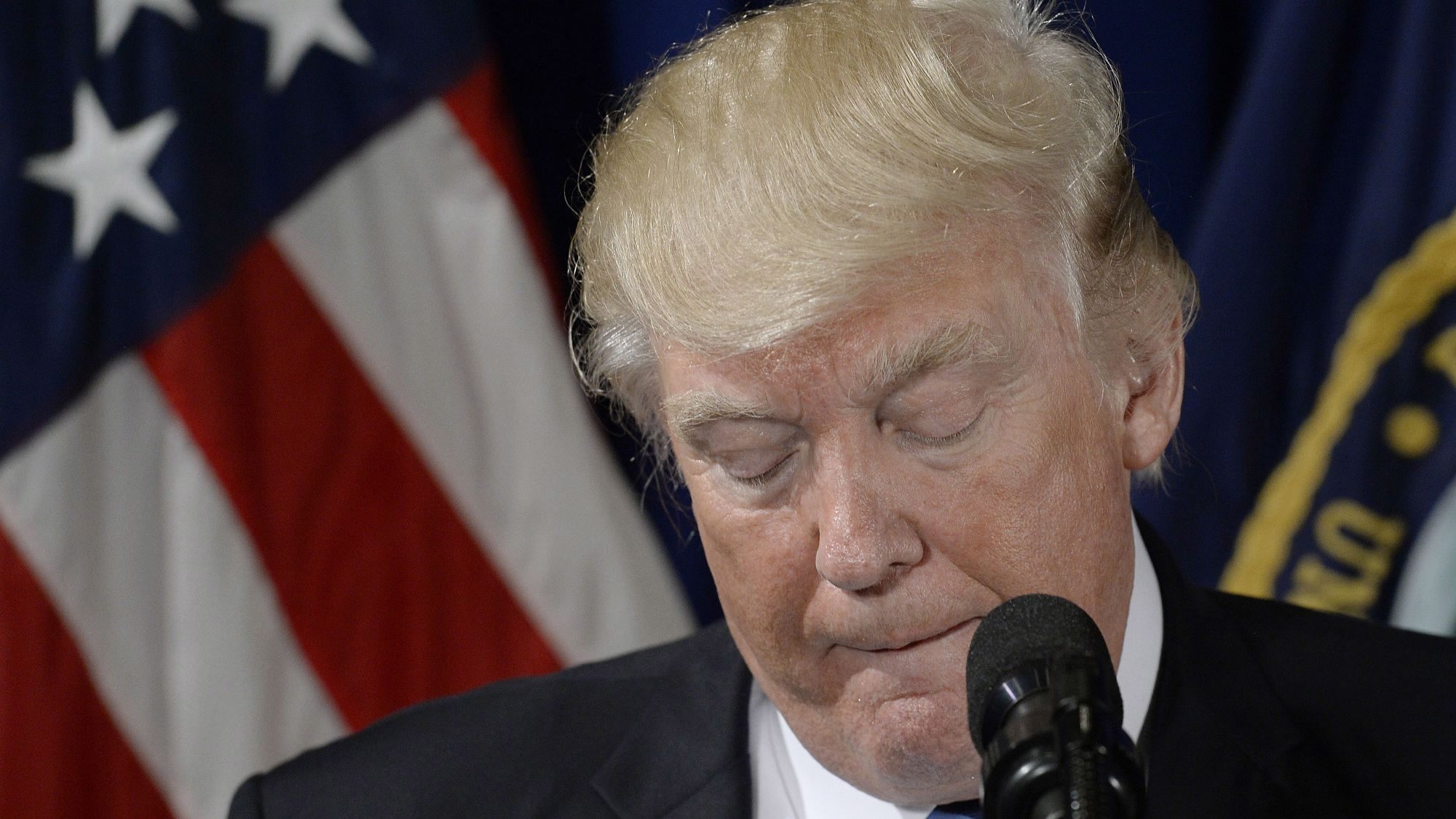
Editor
Xie Zhenqi
Remaining members of the Trans Pacific Partnership (TPP) free trade agreement are working on a statement to reaffirm their commitment to it despite the withdrawal of the United States, sources close to the discussions said.
Talks are happening on the sidelines of an Asia-Pacific Economic Cooperation (APEC) meeting, the biggest trade gathering since US President Donald Trump upended the world order with his "America First" policy.
The competing visions are evident at this weekend's APEC meeting of ministers from countries that account for well over 40 percent of world trade.
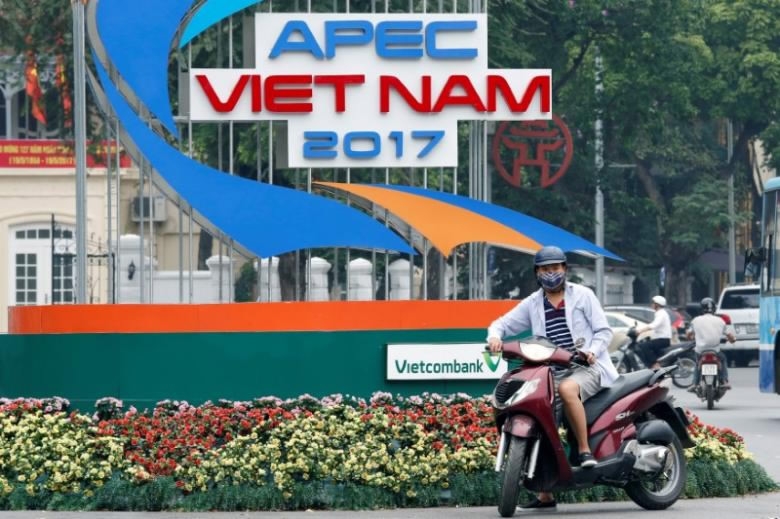
A motorbike waits in front of a sign promoting APEC Summit in Hanoi, Vietnam on May 17, 2017. /Reuters Photo
While new US Trade Representative Robert Lighthizer will hold bilateral talks with key countries, China will be pushing its favored Asian trade agreement as it puts itself forward as a global free trade champion.
Meanwhile, Japan is leading the countries that still want to go ahead with a much more comprehensive TPP agreement, a deal Trump ditched in one of his first acts in office and which does not include China.
Sources close to the discussions said the so-called TPP-11 states -- the 11 members left after the United States withdrew -- were planning a statement for Sunday that would say they were committed to moving ahead with TPP.
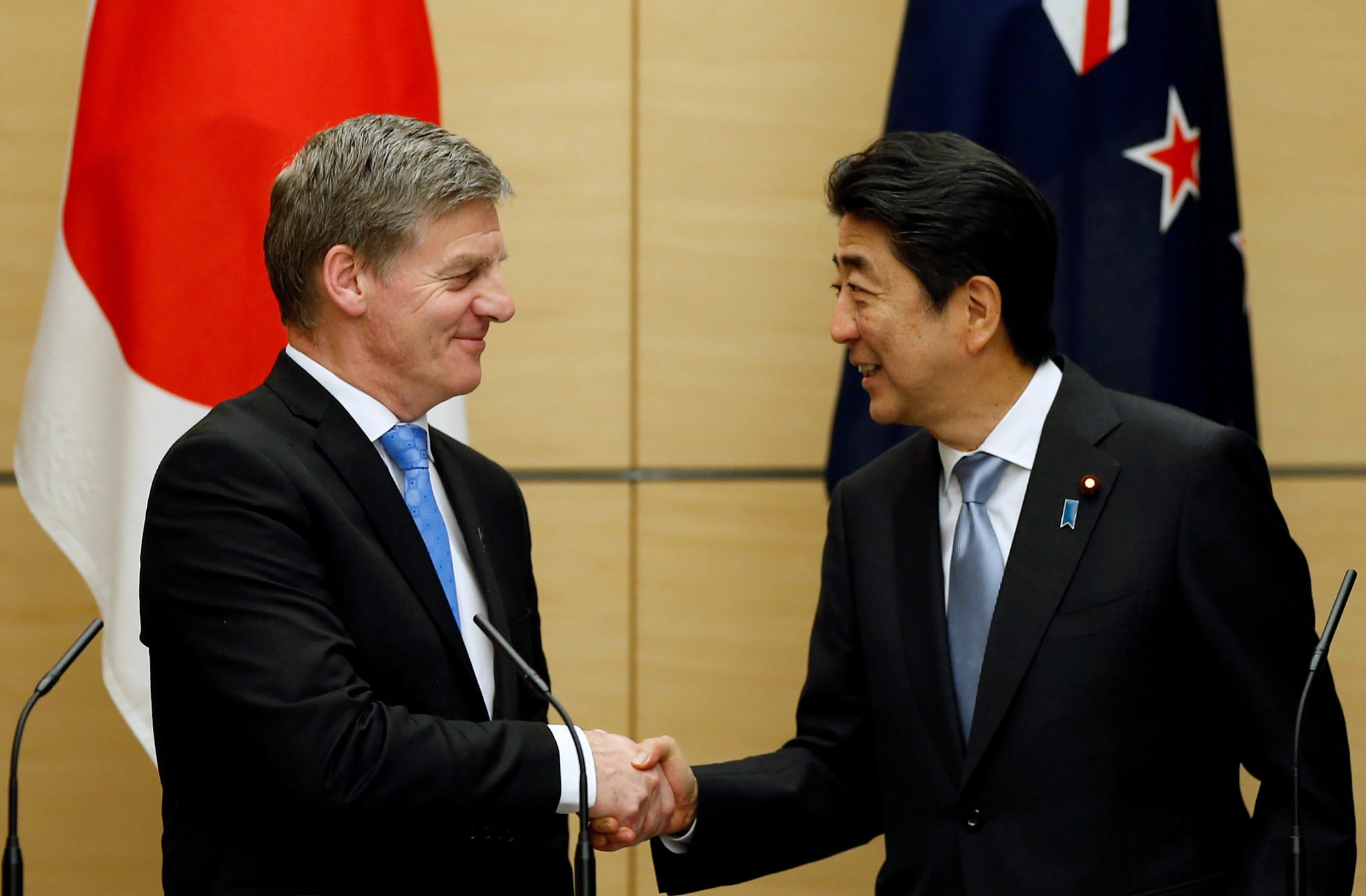
New Zealand Prime Minister Bill English (L) shakes hands with Japan's Prime Minister Shinzo Abe during a joint news conference at Abe's official residence in Tokyo, Japan on May 17, 2017. /VCG Photo
"There will be two main points: 1. To aim for an early entry into force of the TPP-11, 2. To bear in mind an environment where a signatory country can return," said one source close to the discussions who was not authorized to speak to the media.
The agreement is due to come into force next year.
Challenges
Among the challenges is keeping on board Vietnam and Malaysia, who would have been big beneficiaries from the agreement if it included the United States.
Vietnam would want to renegotiate requirements in areas like labor reform and intellectual property rights if it were to continue without US participation, said one Vietnamese official who declined to be identified.
Japan is still hopeful that the United States can be brought back to the agreement.
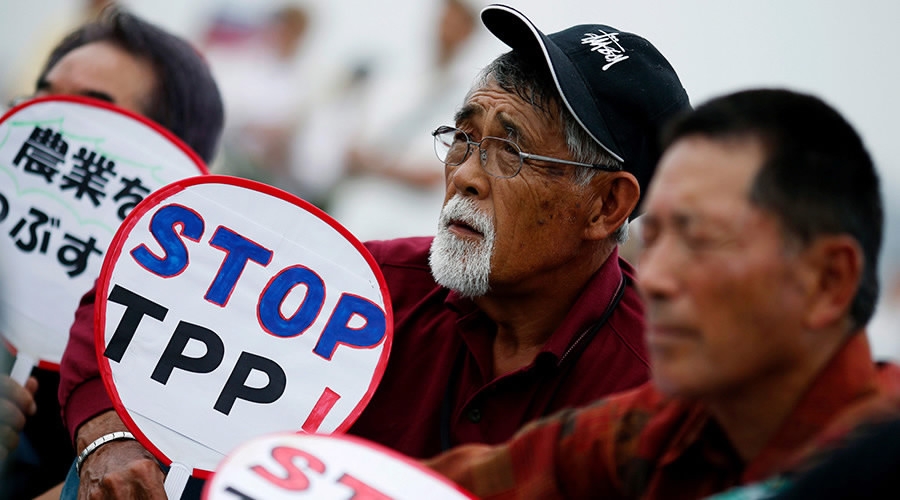
Japanese demonstrators showing opposition to the TPP. /Reuters Photo
But renegotiating the existing North America Free Trade Agreement (NAFTA) is a bigger immediate priority for Washington.
In Hanoi, Lighthizer is due to hold bilateral meetings to start making official contact with key trade officials.
Nearly all the other 20 members of APEC had requested bilateral meetings, US officials said.
The main countries are China, Japan and South Korea, with which Trump wants to renegotiate a free trade deal. Canada and Mexico will be at the Asia-Pacific meetings and are also in the North American trade area.
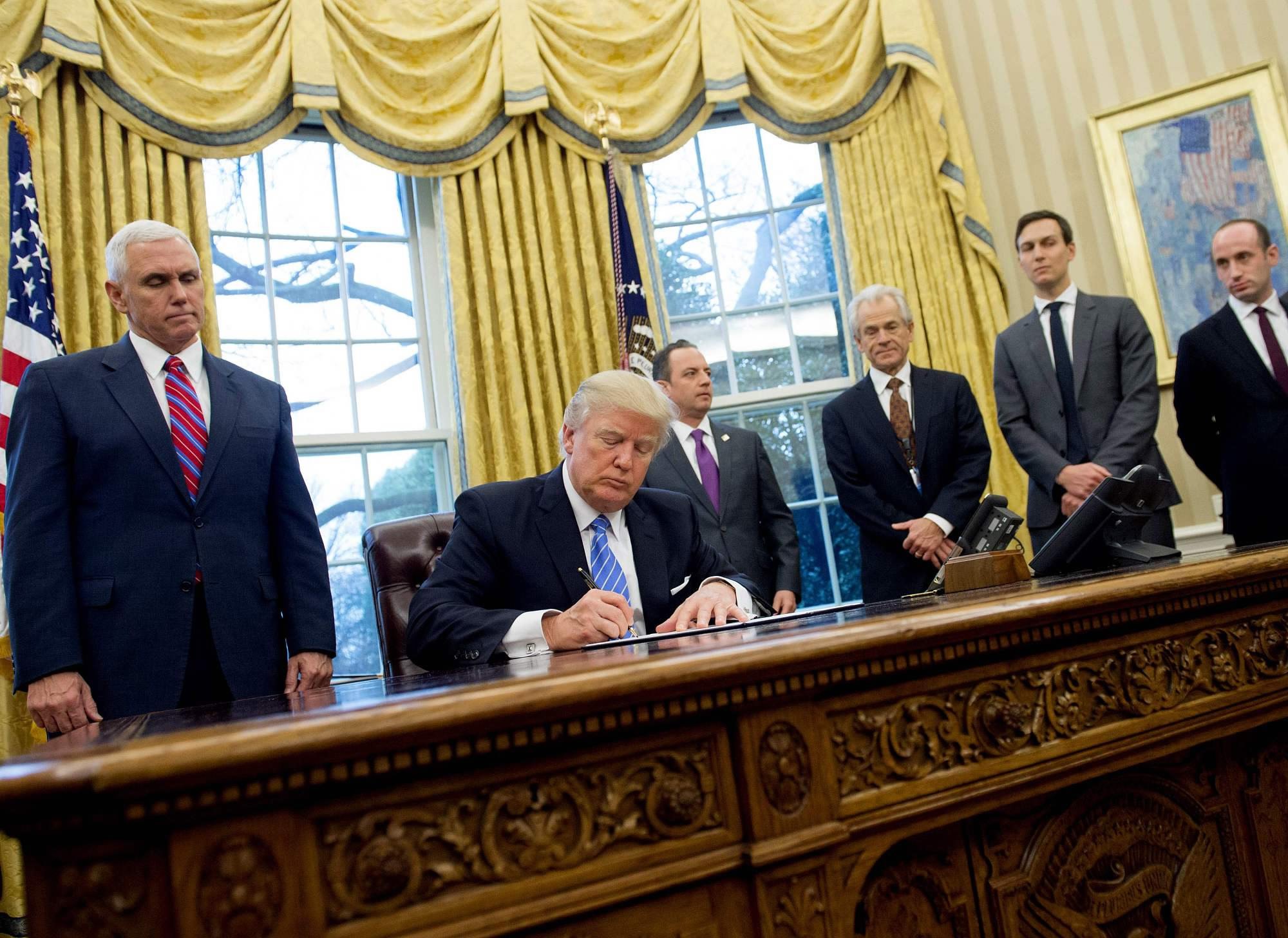
US President Donald Trump signed an executive order in the Oval Office of the White House in Washington, DC on January 23, 2017. /VCG Photo
In other talks on the sidelines, China will be driving for progress on its favored trade deal for Asia: the Regional Comprehensive Economic Partnership.
The free trade agreement doesn't cover as many areas as the TPP deal or demand tough conditions for members on issues such as protecting intellectual property, labor rights or the environment.
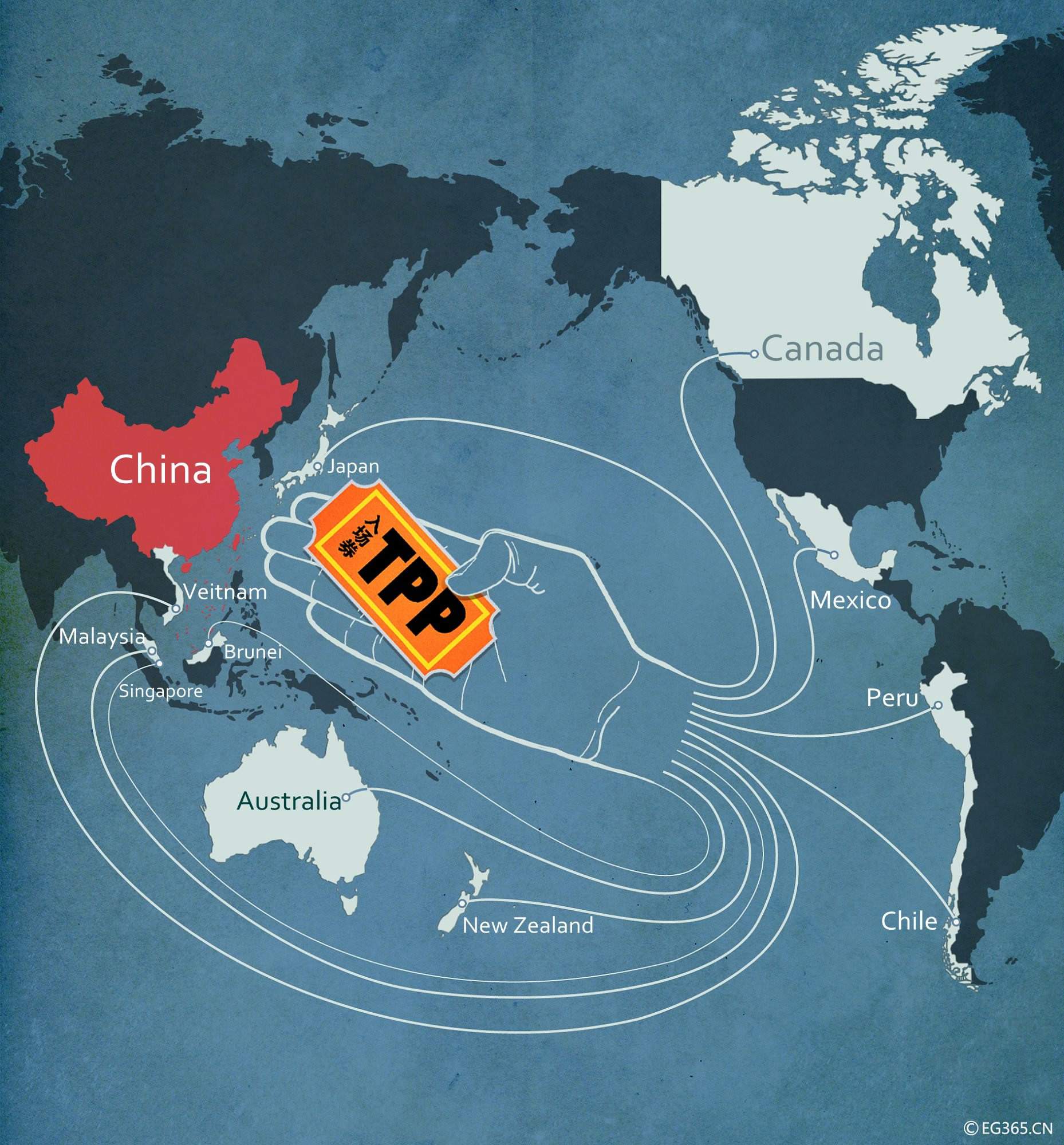
After US exit, some members tried to save TPP by encouraging China and other Asian countries to join the trade pact. /VCG Photo
Doubts over TPP have given greater impetus to discussions which members hope to complete by the end of the year.
But officials said there remained significant points of disagreement in the talks between Southeast Asian countries, China, India, Australia, New Zealand, Japan and South Korea. The United States has never been part of those discussions.
(Source: Reuters)
Related stories:
Copyright © 2017
